Introduction.
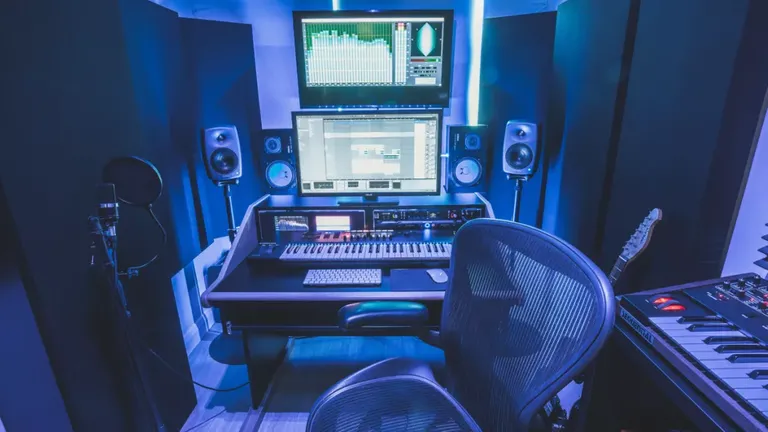
Getting started in music production can be fairly daunting due to the sheer amount of gear that's out there that you can choose from.
What computers should you get?
What software package should you use?
To be honest there's no right or wrong answer to any of those questions. So much of it comes down to personal choice. What do you want to achieve and what is your budget?
I'm going to break it down for you taking a look at all the essentials you will need to get started making music. From computers speakers and software to headphones samples controllers and a whole lot more!

Computers.

Arguably, the most essential bit of gear in any home studio is your computer. What specifications do you need when shopping for a music production system?
The three main things you need to consider are CPU, RAM and hard drive space.
CPU

Determines the amount of processing power available for plug-in devices and virtual instruments it basically determines how many tasks your computer can process at any one time. The more powerful CPU the more things your computer can do at the same time.
RAM

Used to store any apps you have open such as your daw and samples from sample-based instruments such as contact. The more RAM you have the more of these types of instruments you can have in your tracks at the same time.
Hard Drive Space

Where all your project files and audio samples will be stored, how much you need can depend on what kind of music you're making. For example, if you're making electronic music that mainly uses soft synths and virtual drum machines, then you might not need as big a hard drive, on the other hand, if you're doing a lot of live recording of bands where recorded audio could take up a lot of that hard drive's real estate, then space on a smaller drive is going to get used up pretty quickly.
let's have a look at three levels of computer and what specifications you might find with each one.
- Entry-level: i3 processor 128 gigabytes of storage and 4 gigabytes of RAM
- Mid-level: i5 processor 512 gigabytes of storage and 16 gigabytes of RAM
- High-level: i7 or i9 processor 2 terabytes of storage 32 gigabytes of RAM
Of course, the old question of Mac versus PC is always going to come up when discussing computers. There's no right or wrong answer to this but there are a few things to consider.
If you want to use Logic you're going to have to get a mac. If you want to use Cakewalk Sonar you've got to get a PC as they only work on those operating systems. Pretty much all other daws such as Ableton live, Q-Bass, Pro tools, FL studio all run on both platforms.
Apple's handling of audio generally works better out of the box but this comes at a price. Similar spec PCs tend to be a bit cheaper but the built-in audio interface is not designed for pro audio use. An additional audio interface can become important as it will assist in eliminating latency and preserving audio quality.
Let's have a look at some Pros and Cons of each system.
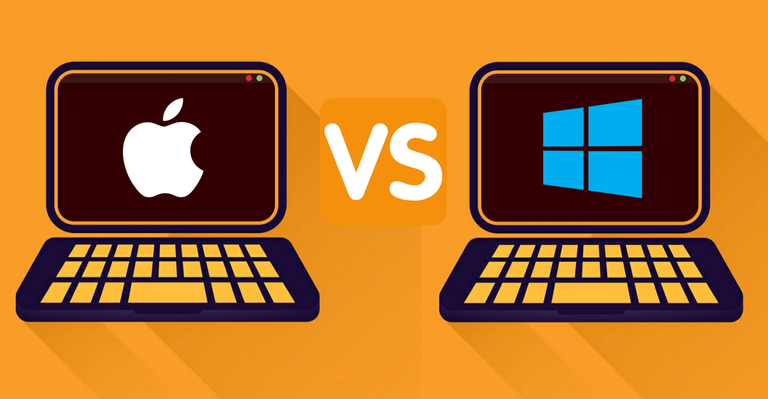
Mac Pros:
- It has a better built-in audio system
- Mac OS is a very stable, safe and tightly controlled platform.
- Closed system integration (meaning Apple makes the hardware and the software, there's less chance of potential compatibility issues making it generally more stable
Mac Cons:
- They can be expensive compared to PCs.
- It's a closed system making them difficult to upgrade.
- Costly to fix once you're out of warranty.
- Lack of connection on Mac laptops. (You may need to use dongles to connect different devices such as your audio interface.)
PC Pros:
- Usually comes in at a lower starting price.
- Many elements are easily upgradable such as CPU and RAM.
- The option to use hardware and software from different companies provides more flexibility and choice.
PC Cons:
- Using hardware and software from different companies can increase the potential for compatibility issues
- Windows can get viruses and they are more susceptible to attacks
- With a PC, you'll usually need a dedicated audio interface
Audio Interface.
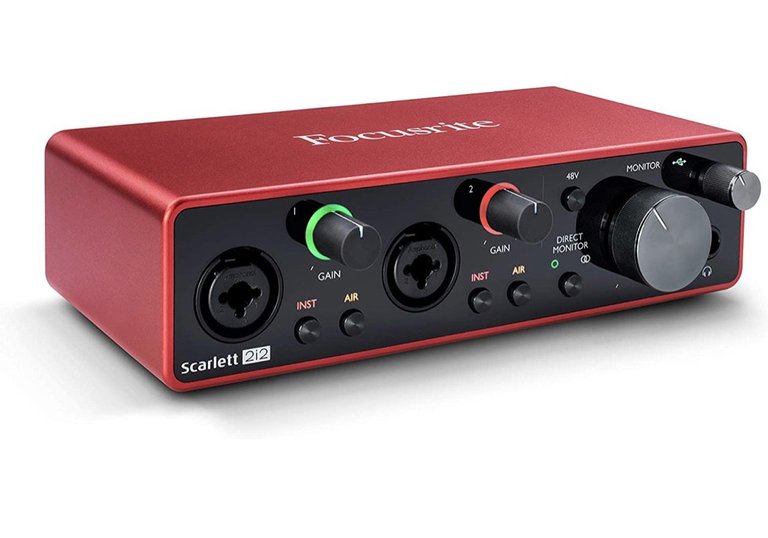
Most computers come with a built-in audio interface which is basically how you get sound in and out of your computer. While the built-in audio is fine for browsing the web and watching videos it's not always ideal for music production.
Here are the main reasons why you should consider upgrading to a dedicated audio interface.
latency.

Rather than your computer's CPU having to manage the audio signals, the audio interface will take this job on. The main benefit of this is decreased latency (The time it takes your computer to process a chunk of audio. In real terms, this is the delay from pressing a key on a midi or computer keyboard to the sound playing through your speakers or headphones)
For example, if you're recording a live instrument, the delay or latency will cause that instrument to be out of sync with the rest of the music.
Sound Quality.

The quality of the sound can be much clearer than you get using a built-in interface due to improved digital to analogue conversion (The process of turning a digital signal from your computer into an analogue one that goes to your speakers or headphones)
Recording external sources.

If you want to record vocals or any kind of instrument, you're going to need a dedicated audio interface. This allows you to record an external sound source into your daw.
How many inputs do you need? If you're only planning on recording one thing at a time, like a vocal, then you only need one or two inputs. If you want to record a full band, you're going to need an interface with multiple inputs.
Finally, what's your budget?

You can get a decent quality interface with a couple of inputs for around $132. A mid-range one with multiple inputs for $300 to $500. A high-end audio interface can be $1000 or more.
DAWs.

One of the most important things in any production setup is the software you'll use to pull all your sounds together. This is called a DAW or digital audio workstation and is the place where you'll sequence, mix, edit and record, basically everything you'll be doing when producing music.
So what is a DAW?
All DAWs do pretty much the same thing. Sequence, mix and edit either virtual musical instruments or recorded audio material. How they approach this can vary. Most have three main sections
An arrange window to position your different sounds
A mixer to balance the levels of those different sounds
A track view where you can see what effects and parameters are on each individual track.
Even though they all pretty much do the same things, some do have functions that can be deal-breakers whenever you're choosing. Traditionally Ableton Live, Reason, Bitwig studio and Fl studio have all been geared towards electronic music with Ableton being the software of choice if you're looking to perform live.
While Logic, Cubase, Pro Tools, Studio One sit better with live recordings. you can pretty much make any type of music you want using any DAW.
Prices can vary for different DAWs ranging from free right up to thousands of dollars. That said, most DAWs offer basic stripped back versions with limited functions at a budget price. Most DAWs also offer a free trial which gives you time to try it out for free before you decide which one you're going to buy. So, if you're starting out, download some trials and see which DAW you feel most comfortable with. (I personally recommend FL studio as it is extremely user friendly and easy to learn.)
Controllers.

A midi controller or midi keyboard will plug into your daw and allow you to control elements of the software with a physical device so you're not doing everything with the click of a mouse. These range massively in price from something like the Korg nano key which comes in around $53 right up to something like the Arturia key lab for about $670. For that kind of money, you're getting so much more than just keyboard control. You get faders, rotary controllers, performance pads for drumming and weighted keys. Two other controllers that have become hugely popular in recent years are novations launchpad and Ableton Live's own Push. Both of these are a combination of performance and production controllers designed to work with Ableton Live's unique workflow.
You can even get Bluetooth enabled controllers such as the Korg micro key and the Akai l series which ditch the need for cables and can work with IOS apps and tablets as well as PC or Mac computers.
Speakers.

Now you've got your computer and DAW sorted. The next essential item is a set of studio speakers. When choosing your speakers there are a few different things to consider. Most speakers designed for home listening would not be suitable for music production as they might boost certain frequencies which isn't what you want from studio speakers.
For example, if you're using speakers that boost the bass then the actual sound of your music will have less bass than you want because the speakers aren't giving you an accurate representation of what it sounds like.
Speakers that don't colour the sound in this way are known to have a flatter frequency response.
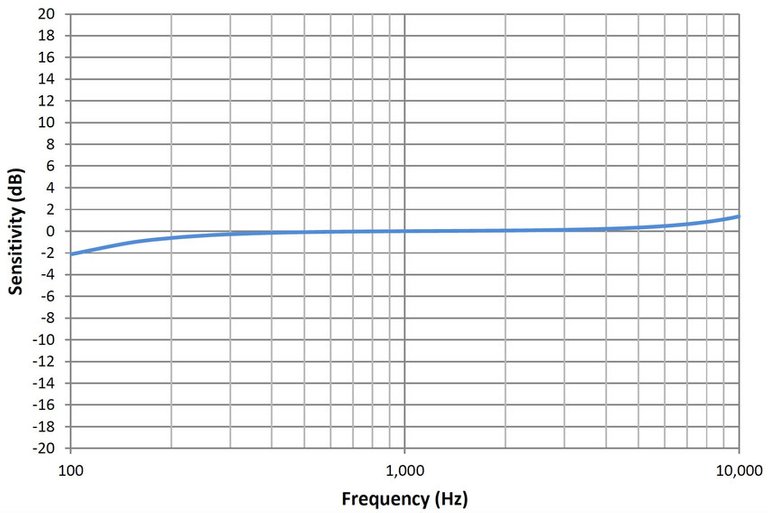
If you're making bass-heavy music then choosing speakers with a larger bass cone would be much more suitable as it more accurately represents the lower frequencies. However, if you're making more acoustic style music then this isn't as important.
Another major factor to consider is your room which can easily interfere with the sound coming out of your speakers potentially making great speakers sound terrible. You can combat this by adding room treatment and absorption to stop the sound from bouncing around on hard surfaces in your studio. So, perhaps put aside some of your budget to get some form of room treatment. You can find plenty of kits online and there are plenty of guides online to show you how to make your own room treatment if you don't feel the need to purchase online or in a music shop.

Another way to get the most accurate sound from your speakers is to use software like Sonarworks, This will analyze your room frequency response and add an EQ curve to the computer output to compensate for the sound of your room.
Choosing speakers can have a big impact on your budget. Prices can range from a few hundred dollars all the way up to many thousands for a pair of some top-end speakers. With that said, expensive speakers will more accurately reproduce the sound coming from your computer.
Headphones.
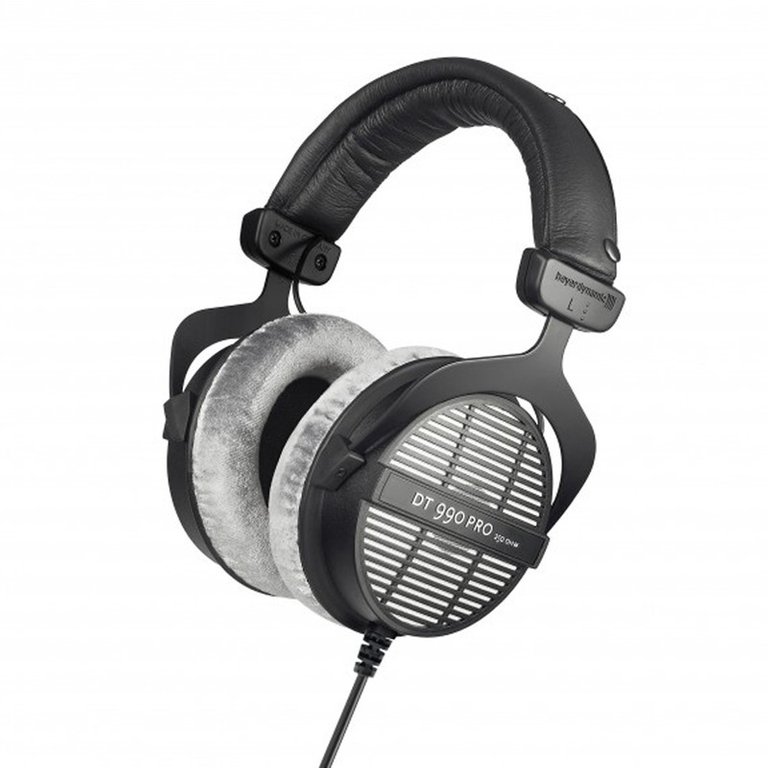
A decent set of headphones is another very useful tool in the studio as with speakers. You really need to avoid most consumer headphones as they are designed to colour the sound in some way, therefore, making them pretty useless for mixing music with it's definitely a good idea to avoid using earbud-style headphones for any kind of music production. An advantage of a decent set of headphones is that they can more accurately represent the sound of your music if you're working in a space that hasn't been treated.
Combine a decent set of headphones on a laptop with your DAW then you've got a portable studio. You could be in any location and working on your tracks. They're very useful if you live somewhere you're going to annoy your neighbours with live music coming out of your speakers late at night.
Something to consider is whether you get closed-back or open-back headphones. Open-back headphones are much more natural sounding so they are better for mixing in a studio environment whereas closed-back headphones isolate the sound and reduce spill into the microphone making them more suitable for recording.
Even if you have a set of speakers, headphones are really useful for picking up those little details that you may have missed when listening through monitors.
Something like the audio Technica m50x headphones that come in around $133 would be spot on to get you started. However, over-ear open-back headphones like the Beyerdynamic DT 990 ($225) are used by many professionals and can create great sounding mixdowns and are comfortable to wear for long periods of time.
Cables.
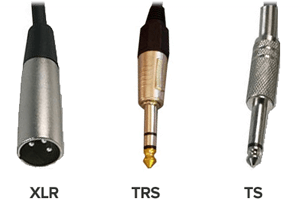
A mainstay of pretty much every studio around the world is a tangle of cables of all different shapes and sizes that could be fairly baffling to any beginner. So here's a rundown of the different types of cables you might need when setting up your own home studio.
The XLR is arguably one of the most recognizable cables around otherwise known as the mic cable due to the fact that it's the cable you will use to connect a majority of microphones. It has a male connector at one end and a female connection at the other. They lock into a microphone with a small clip so they can't get pulled out easily.
You may also find that your studio monitors have XLR inputs too, they more commonly use the quarter-inch jack or a TRS cable which is probably most familiar to any of you who play the guitar. Although one thing worth mentioning here is there is a difference between the cable you would use for an instrument and the cable you would use for a speaker, as on the surface they pretty much look the same.
The output on an instrument
The inputs and outputs on your sound card
The inputs on your speakers
will all accept quarter-inch jack cables. 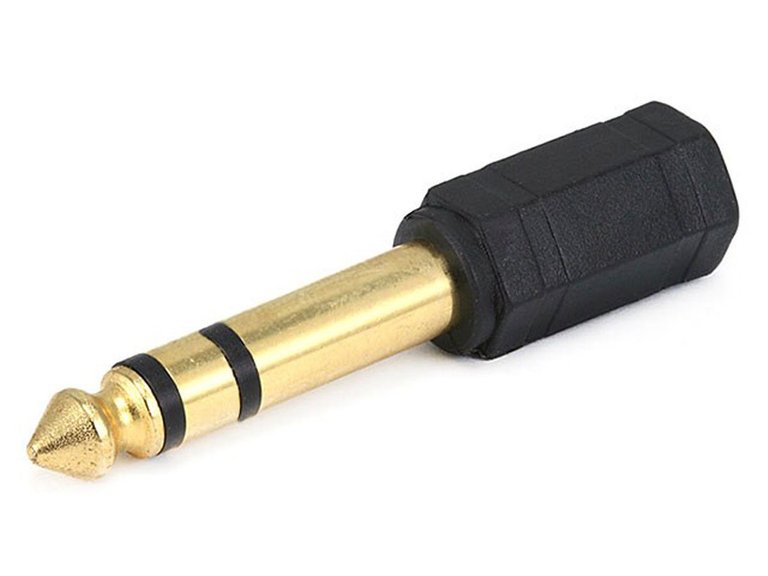
The two cables are very different in their construction, designed to handle the different types of signals, so when buying leads to connect your sound card to your speakers, make sure you get the proper speaker cables and don't just connect them with a couple of guitar cables that you happen to have laying around.
Next up is the RCA or phono cable. 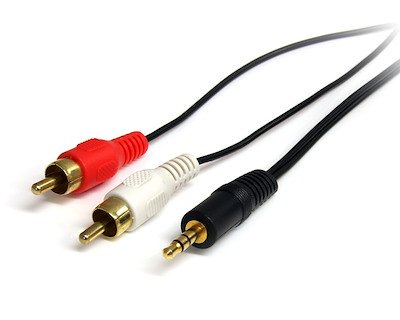
Probably familiar to those of you from DJing backgrounds as they most commonly connect turntables and CDJs to DJ mixers. You may come across some sound cards that have these as inputs and outputs and if you want to record using one say sampling of a record through a DJ mixer then you can simply attach an RCA to quarter-inch jack adapter to both the red and white connectors and you are good to go.
The USB cable is probably one you already have knocking around the house as they are used for a wide range of appliances such as printers, scanners, digital cameras and basically any device that connects to your computer. 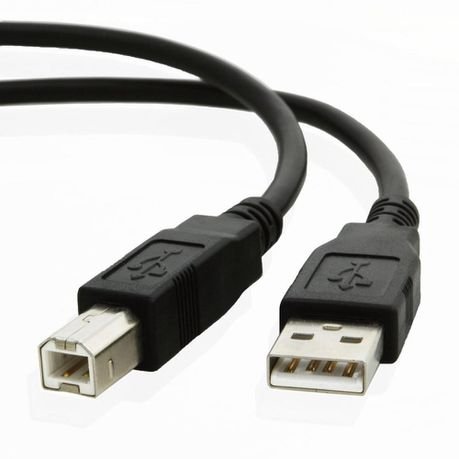
Chances are this is what you will use to connect your sound card or midi controller to your computer. That said, with all current Mac laptops you'll probably need a dongle to connect any device that uses USB thunderbolt or HDMI. Although some devices such as audio interfaces are now available with USB-C cables.
Plugins.
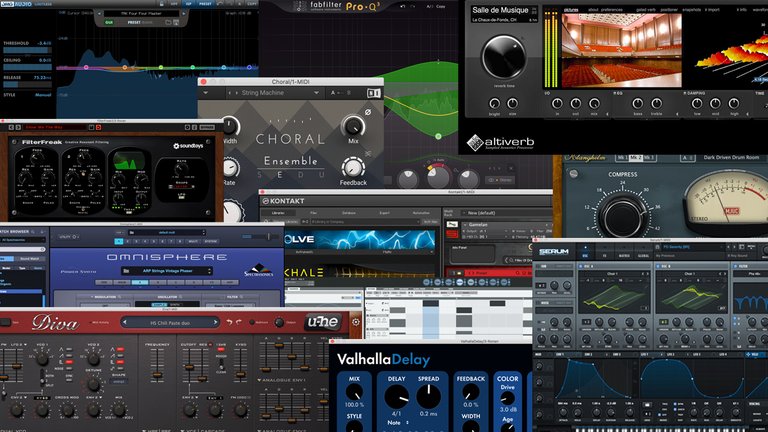
A plug-in is any piece of software that can be used within a track on your DAW. It's most commonly an instrument such as a synth, sampler or an effect such as EQ, reverb or a compressor.
Instrument plugins generate sounds whereas effects plug-ins are designed to alter the sound. Most daws come with a host of plugins installed but there is a vast array of third-party instruments and effects that can be downloaded and installed independently to give you more variety.
There are a ton of free software plugins out there and many paid-for versions too that can really add some great sounds to your tracks. It's worth noting that some of the more sample-based plugins such as Omnisphere or Kontakt will take up lots of space on your hard drive and require more system RAM to run
Plugins come in different formats the VST (Virtual Studio Technology) which was developed by Steinberg is cross-compatible with both Mac and PC whereas the AU format is Mac only as it was developed by apple.
From a functionality point of view, there's usually very little difference between the two, so for most DAWs, the VST version will work unless you're using Logic, where only the AU plugins will do. The exception here is if you're using Pro Tools where you'll need to use the AAX (Avid Audio eXtension) format plugins
Samples.
 The importance of samples in music history cannot be downplayed and it's hard to imagine a music producer's computer not jam-packed with folders of samples.
The importance of samples in music history cannot be downplayed and it's hard to imagine a music producer's computer not jam-packed with folders of samples.
Samples are basically small bits of recorded sound and can come in all shapes and forms, from drums, basslines, synths through to vocals, fine signs and home recordings.
They can specifically be created for a sample pack or you can chop them out of an existing piece of audio. Any sound you can think of has probably been sampled by someone.
There are plenty of sources for samples online ranging from totally free right through to professionally produced sample packs covering pretty much every genre of music you can think of.
In recent years, cloud-based sample libraries like Splice and Loop Cloud have pushed the use of samples in a new direction with plugins that allow for real-time integration of massive libraries of samples and loops from the cloud directly into your DAW.
If you have a sound card and a microphone, don't be afraid to record your own samples as this way you will end up with something original that only you have.
Tablets.
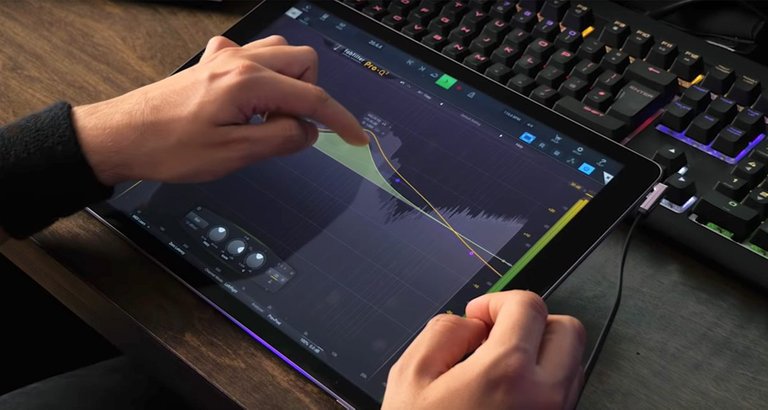
So with all this talk of computers, monitors, and DAWs, you could start down the road of music production and actually make decent stuff without any of these things
Music production on tablets such as Ipads has come on in leaps and bounds in recent years with many of the big guns like Apple, Korg, Reason and Steinberg putting significant effort into expanding their offerings for the tablet app market.
Of course, there are limitations to using apps but there are advantages too. Everything is in the box, you just need a set of headphones and you're sorted.
Advances like apple's inter-app audio led the way in getting different apps to work together and now their beginner app GarageBand even features audio unit support with many classic plugins now available as IOS apps. There's also a multitude of weird apps that are out there that do very specific things that your daw or collection of plugins might not do. It's also never been easier to make something on a tablet and send it to your computer so you can fire it into your daw and develop what you're working on. Whether it's airdropping a loop or even opening an iPad session in a laptop DAW, it can be a great way to kick things off.

Thanks for reading! I really hope you enjoyed this quick introduction to music production.
Dear @stefan.steynberg, we need your help!
The Hivebuzz proposal already got an important support from the community and is close to be funded. However, it misses a few votes to get past the return proposal and your could make the difference!
May we ask you to support it so our team can continue its work this year?
You can do it on Peakd, ecency, or using HiveSigner.
https://peakd.com/me/proposals/199
Thank you!